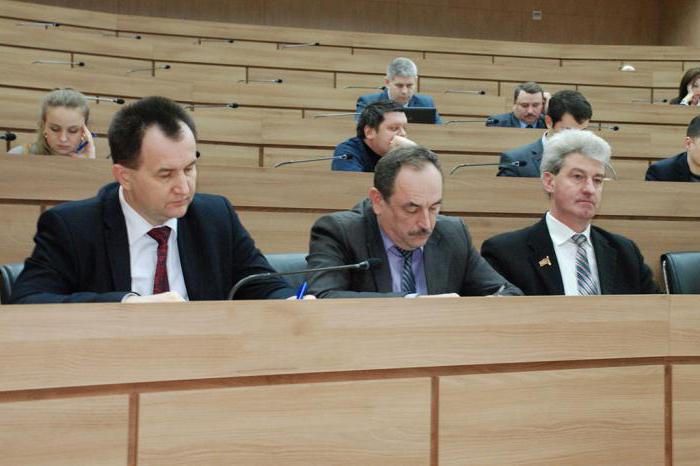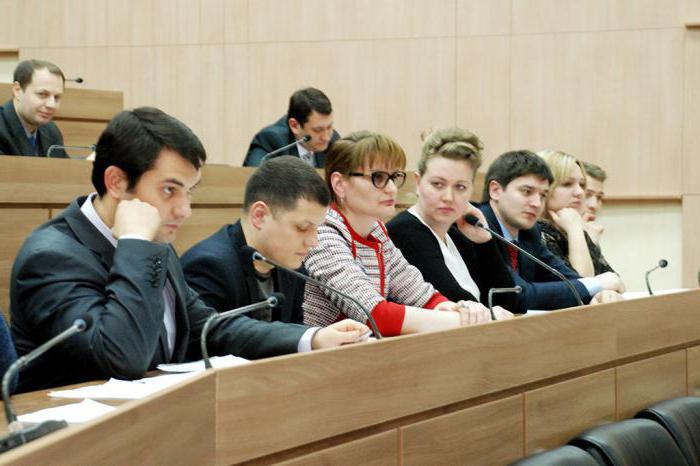State and municipal organizations have always played a huge role in society. What is it?
Definition of state and municipal types of enterprises
State and municipal organizations are unitary enterprises whose purpose is to eliminate or solve the main problems and tasks of the state, as well as to obtain financial income. A feature of these types of organizations is the fact that they are not owners of property assigned to their names.

Only the founder has the right to dispose of the capital of such organizations. State and municipal organizations are unitary enterprises, and therefore their property is not divided into parts: stocks, shares or deposits, etc.
Types of state and municipal organizations
There are 2 types of such organizations.
The first type is organizations that are based on the rights of an economic type of conduct. Municipal organization is one of the most common types of enterprises of a nature economic management rights. The creation of this type of organization occurs after the municipality or the authorized, special body makes the appropriate decision.
The second type should be considered organizations whose informational working base is based on the rights operational management. The decision to create this type of enterprise must be taken at the state level, by government order. These types of municipal and state enterprises created to provide unique services, the production of various products and the performance of certain works that are characteristic of commercial, market organizations. However, all financing of this type of organization may be budgetary in nature.

It is important to know that a municipal organization can be autonomous. The autonomy of the institution provides the organization with responsibility for the fixed property, but movable, especially valuable or immovable property acquired at the expense of the owner or assigned to the institution of the owner are an exception to the rule.
Features of characteristics of state and municipal organizations
The availability of special legal capacity is a paramount feature of such enterprises. As mentioned earlier, such organizations perform special types of work characteristic of commercial, market organizations. However, municipal and state unitary institutions do not have restrictions on the execution of other transactions, provided that the action or transaction is not provided for by any regulatory documents, acts, for example, the charter.
The second paragraph, indicating the peculiarity of such a variety of organizations: an economic entity is an individual enterprise.
The third feature is based on the Civil Code. The terminology of such organizations should be understood correctly, namely: the word "enterprise" is a subject of civil law, in other cases it can be the subject of legal relations.

An important feature is the ability of state and municipal organizations to apply for subsidies, deductions of subsidies and even subventions, that is, for various types of targeted financing. Most often, this type of financing is provided to enterprises with a social orientation.
The next feature follows from the previous, third characteristic, namely: the indication of information about the owner of the property and all sources of capital formation in the charter of economic entities. It is important to know that in enterprises of this type the owner is responsible for the activities and diligence of the organization, but the organization is not responsible for the obligations and rights of the owner.
Municipal formation and its organization
A municipal organization is a section of the territory of a state with local self-government, which is carried out jointly with state administration. In such institutions, an important aspect of activity is the organization of the municipality. Organization of education takes place on the basis of various criteria, laws and nuances of the activity of territorial self-government bodies.
There are five types of entities in the Russian Federation:
- City district. In the urban district, all decisions are made by self-government bodies, based on the basis of federal laws specific to local use. Urban districts are not in municipal areas.
- Urban settlement - characteristics of large towns or small cities. In such places, self-government is carried out without state intermediaries. Management is performed by residents of the city or village. Settlements that cannot be classified as urban districts are called part of the municipal district.
- Municipal District - settlements with joint territory. A type of self-government similar to a city settlement. The laws of the Russian Federation may provide the opportunity to carry out certain state functions.
- Rural settlements - having a common territory. An example is a farm, aul, village, village, village, etc. The form of government in such places is local in nature and is carried out by the inhabitants of these settlements.
- Territory with federal purposehaving intracity character is a type of municipal formations of the Russian Federation, including settlements, which are part of any city.
Regardless of the type of education, all of them must have a charter that may contain such information: the condition of organization and order, the composition and boundaries of the municipality, the structural formation of self-government bodies, guarantees for officials, appointees, etc.
Municipal services
The organization of municipal services occurs in accordance with the legislative acts of the Russian Federation "On the organization of the provision of state and municipal services." A municipal service is work that a specific authority, all state types of organizations, and sometimes some legal entities, can perform.

It is important to know that service and work are different concepts. The service is the result of the influence of the institution in order to satisfy the interests of a particular legal (physical) individual.
How is the organization of municipal institutions
Organization municipal authorities carried out in two ways. First way - This is a referendum, where a vote is taken of citizens who decide any local issues.
Second way - This is the election of subjects in local government. Representative body self-government has the right to represent, protect and defend the interests of the population of its type of municipal organization.
Principles of organization of municipal government
The organization of municipal government is based on municipal rights, service and property. In other words, municipal government is a type of decentralized form of government. This type of management is characterized by the independence of the formation of ideas, goals and objectives, the independent organization of self-government bodies, and even the independent management and organization of the budget.

Functions of state and municipal organizations
A municipal organization, like a state organization, has its own functions that they need to perform. Considering the functional purpose of these classes of organizations, it should be noted that these types of services can be perceived as a certain type of municipal or state activity. The activities of such organizations extend to: human rights, organizational, regulatory, law-making and law enforcement functions.